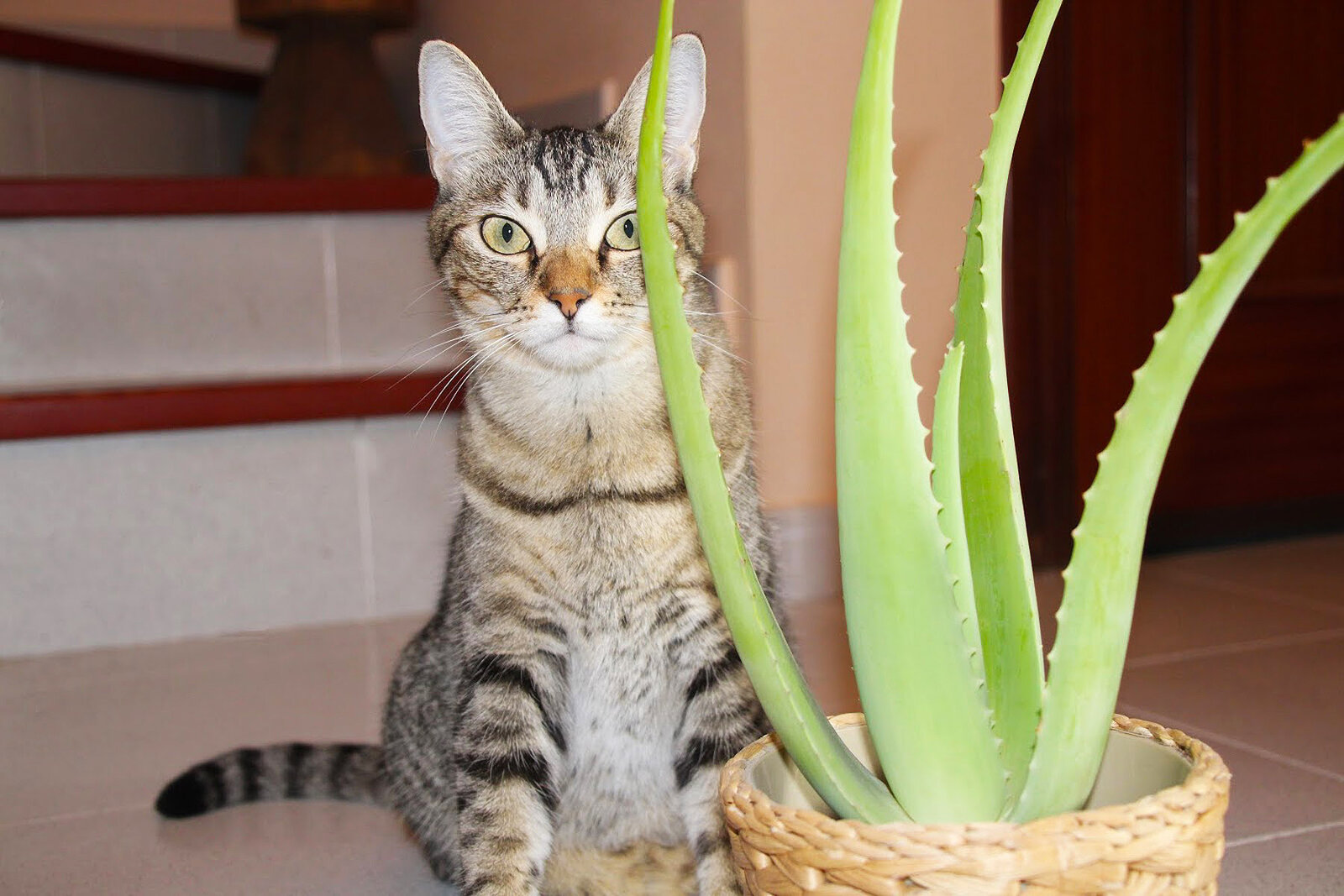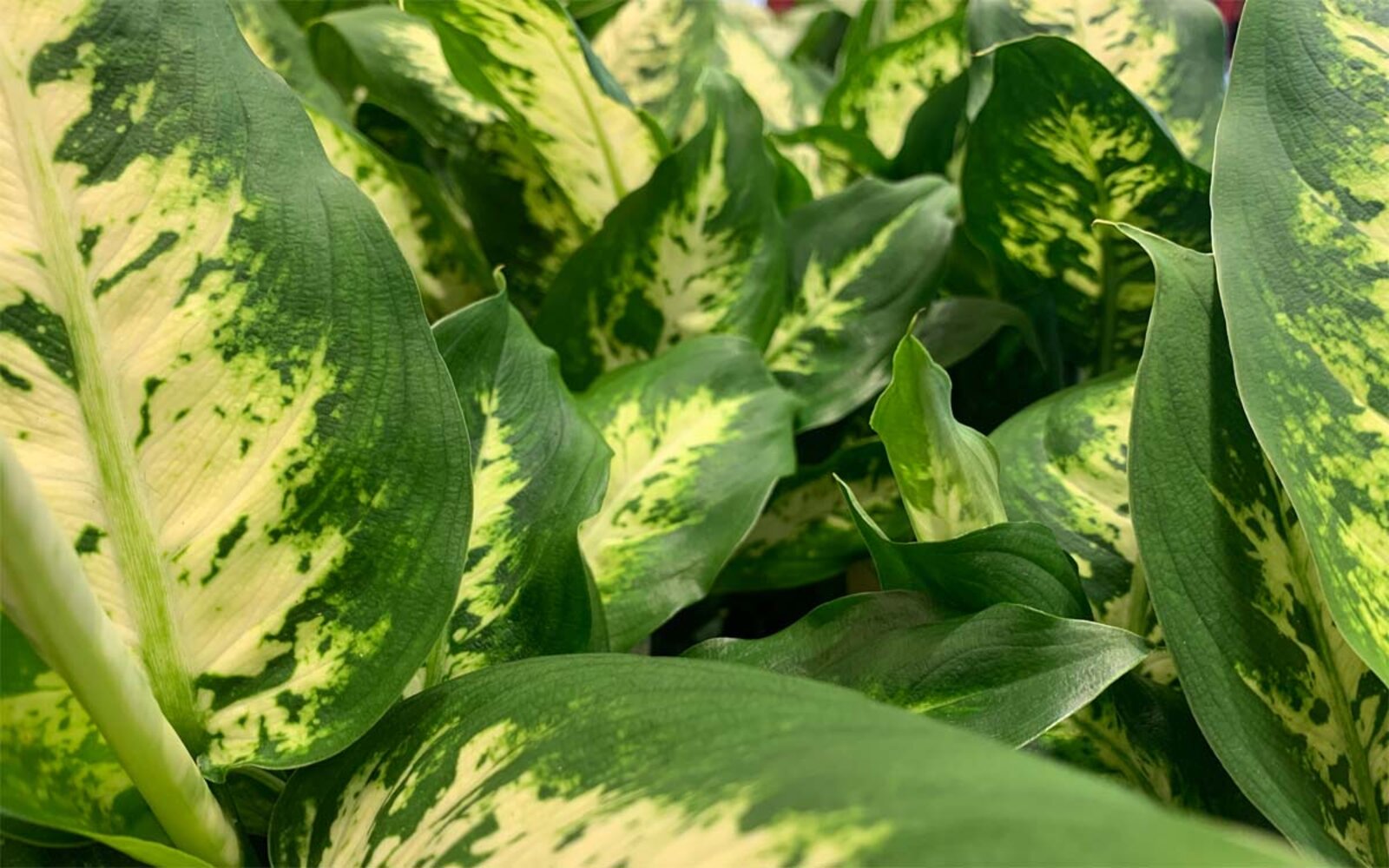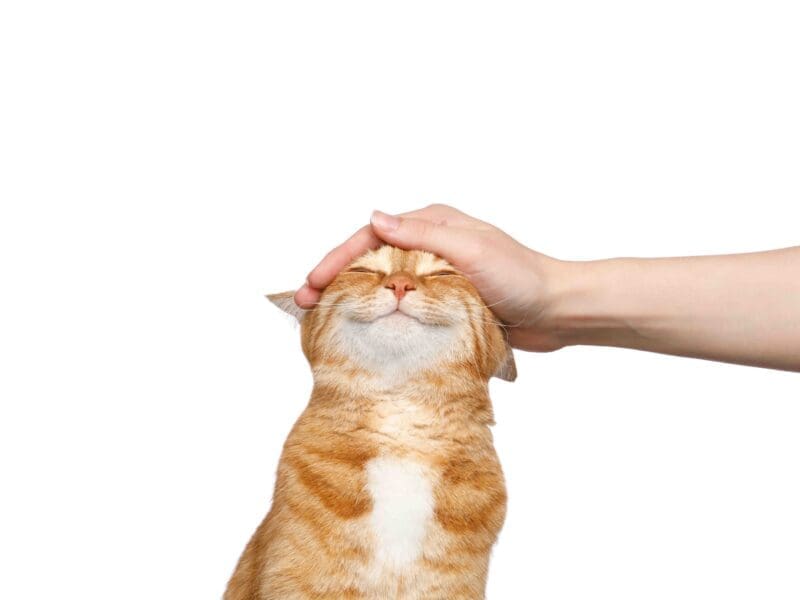
Cats and house plants don’t mix: The most toxic plants to keep out of reach
Lockdown has made people everywhere more aware of their living spaces, which is why some took on gardening or just bought a few plants here & there to brighten up their house. Others have also adopted pets now that they’re able to give them the time they need while doing home office – or just to keep them company now that socializing is harder.
However, many don’t know that some of the most common house plants can be toxic to pets. Cats, in particular, are not meant to be in contact with many plants that are easily found in households and most people aren’t aware of how they could be damaging their kitties.
We know no one wants our little furballs to get sick, so we made a list of some of the most common and most toxic houseplants for cats.

Aloe vera
These days, people are more & more interested in self-care. They’re also becoming invested in natural routines to improve their skin, hair, and diet habits. Aloe vera has gained more popularity recently because of its myriad benefits in beauty care, and it’s not surprising some have decided to have an Aloe vera plant at their house for constant use.
Unfortunately, Aloe Vera is one of the most toxic house plants to cats. It contains saponins & anthraquinones which causes lethargy, vomiting, and diarrhea in cats.

Swiss cheese plants
Monstera Deliciosa, most commonly known as the “Swiss cheese plant” is a tropical plant that’s made its way into many households because of its exotic foliage. It’s become popular because of its unusual leaves and the fact that they’re low maintenance.
Cats who ingest the Monstera plant may experience excessive drooling, mouth swelling, and vomiting. This is caused by the insoluble calcium the plant contains.

Dumb cane
The Dieffenbachia, or Dumb cane, is another common house plant which, just as the Monstera, are low maintenance & exotic-looking. They’re also an interesting house plant because of their size which ranges from two to ten feet high.
However, this plant is not only toxic for cats, but it can even be so for humans, so you should be careful and avoid touching it with bare hands. The Dieffenbachia contains insoluble calcium oxalates and proteolytic enzymes which causes vomiting, burning in the mouth, oral irritation, and even difficulty breathing or swallowing so it should definitely be kept away from cats & dogs.

Sago palm
Also known as Cycas revoluta, Sago palms are one of the most toxic house plants to cats. While their tropical look can improve your home decoration and the air quality of your living spaces, it can bring lethal consequences for cats.
When ingested, the Cycas revoluta can cause vomiting & diarrhea in mild cases, as well as liver failure & death. This is because the plant has its own defense mechanism and contains cycasin.

English ivy
Although the Hedera helix, a.k.a. English ivy, seems like a small inoffensive plant, it’s actually pretty toxic for cats. Because of the way its leaves grow, it looks great when hung in a planter, or just over a piece of furniture which allows for the leaves to fall down like drapery.
The Hedera helix contains triterpenoid saponins, which are known to cause weakness, vomiting, tongue swelling, excessive drooling, and rash. This plant can also cause ataxia (issues with muscle coordination and control) in cats – which can also be potentially fatal.

Holiday plants
We’d be remiss if we didn’t mention popular, but fatal, holiday plants: holly & mistletoe, poinsettias, and Easter lilies. The first two plants are very toxic to cats and can cause severe stomach upset, so if you want to deck the halls with holly & mistletoe, stick to the plastic kind!
Poinsettias are a popular houseplant around the holidays. Coming in red, white, and pink, these plants give a festive touch to any home. Unfortunately, they’re toxic to cats. While these beautiful blooms are unlikely to kill Kitty, the red plant contains diterpenoid euphorbol esters & saponin-like detergents. If Fluffy eats them, it can cause nausea, drooling, and diarrhea.
Although the December holiday season is nearly over, Easter is on its way in a few months. To celebrate the holiday, some families bring lilies into their home. If you have a cat, DON’T! True lilies, the kind with six petals & noticeable stamens (where the pollen is), is incredibly fatal to cats. The FDA warns every part of these plants are a no-go for kitty, “the stem, leaves, flowers, pollen, and even the water in a vase”.

—
If you’re considering getting a cat (or any pet for that matter) or bringing some house plants into your home, be sure to research how toxic they may be for your kitten in advance. Keep any “bad plants” far from Kitty’s reach, or better yet, don’t have them in your house at all!







